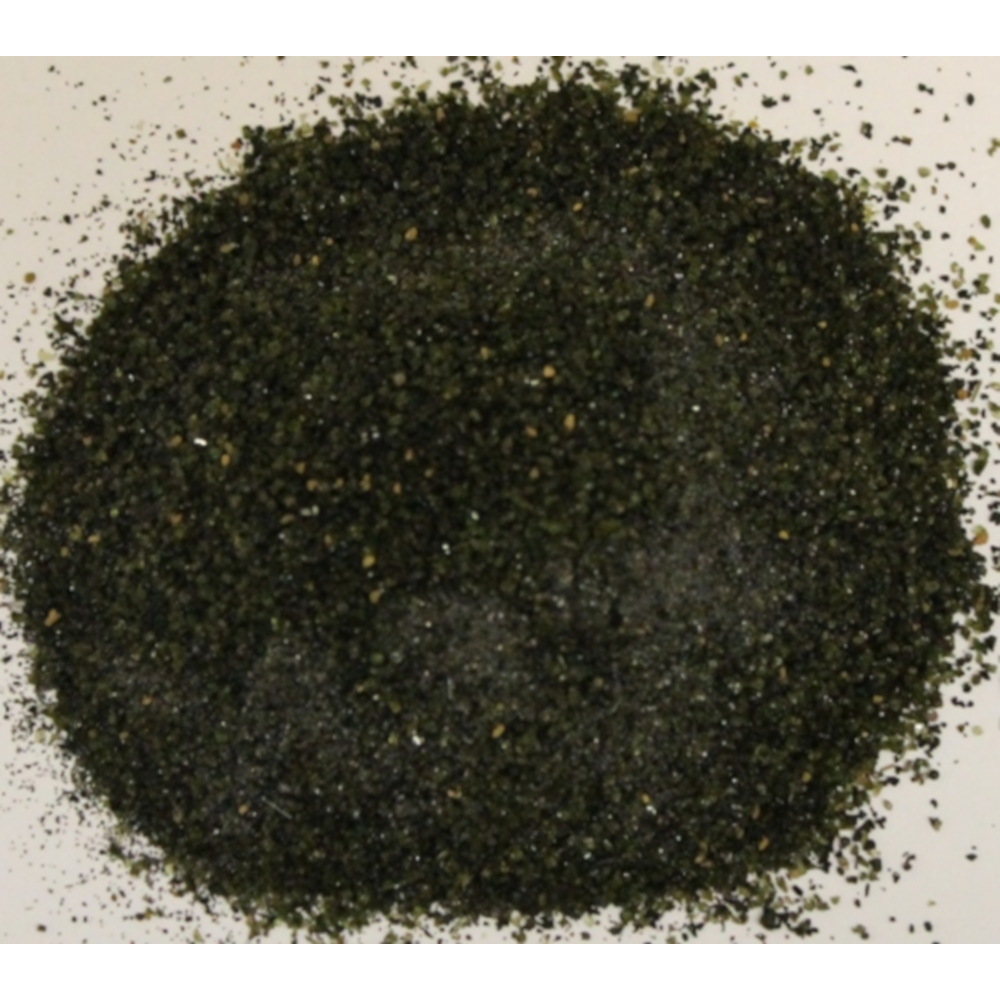
For example, rising raw material prices may cause pressure to change the mix of materials. Even if the yield is not affected by the change in the mix, the quality of the final product may change. This can have an adverse effect on sales if customers do not accept the change in quality. If the different materials are not interchangeable, then separate price and usage variances can be calculated. However, if substitution of one material for another can occur, then it is more useful to calculate mix and yield variances.
Direct material mix and yield variance explained
If we add together the 9 common business expense mistakes u s freelancers make and yield variances, we get a favourable usage variance of $580 ($913 – $333). The actual quantity in the actual mix is given in the question, as are the standard costs. Mix – a favourable total mix variance would suggest that a higher proportion of a cheaper material is being used instead of a more expensive one, hence reducing the overall average cost per unit. The use of cheaper materials than what is required results in favorable mix variance. On the other hand, adverse mix variance presents that the use of expensive materials has been made more than the standard mix.
Formulae – Material Mix Variance ~ MMV

To save time in the exam, copy down the mix variance table – but take care to make sure it is then set up correctly as there are some differences. AUSTIN, Texas — A new cooling technology could change how heat is managed in electronic devices — from tiny semiconductors to massive data centers. Yield – an adverse total yield variance would suggest that less output has been achieved for a given input, i.e. that the total input in volume is more than expected for the output achieved. (4) In the ‘difference’ column, work line by line and find the difference between the AQSM and the AQAM. In the last column, multiply the difference by the standard price to get the mix variance. Material Mix Variance is a part of the Material Usage Variance and is included in the overhead manufacturing cost.
What is the Purpose of Material Mix Variance?
This identifies the change in usage to achieve the actual volume of output and is termed the yield. This is the difference between the standard and actual prices multiplied by the actual quantities. What this means is that the production of a single product requires the use of more than one direct material.
What is the Direct Material Mix Variance?
This could be due to labour inefficiencies, higher waste, inferior materials, or using a cheaper mix with a lower yield. This means that by changing the mix (using more of Material B, which is more expensive), the overall material cost actually decreased by $200, potentially due to the reduced need for Material A in this case. In many industries for example, chemicals, paints, food processing and textiles more than one material is used in the manufacturing cycle of a single or batch of products. It is quite common in such circumstances for management to require further information as to the reason for the direct material usage variance.
If different materials can be substituted, the mix variance measures the cost of any variation from the standard mix of materials. Note that the sum of the standard mix of raw materials calculated above equals the actual total consumption of 500 tons. This is because in material mix variance, we are not concerned about the efficiency of raw material consumption but rather their relevant proportions. The materials mix variance indicates the cost of a change in the mix of materials and the yield variance indicates the productivity of the manufacturing process. The rationale embedded in the syllabus structure states that mixand yield variances and planning and operational variances areexplored and the link is made to performance management.
Discuss the issues that management should consider when setting standard material costs. ‘SQSM’ is the standard quantity of material used for actual production, shared in the standard mix. Material mix variance is only suitable for performance measurement and control where the proportion of inputs to the production process can be altered without reducing the effectiveness of the final product. It may not therefore be used in industries that require a high degree of precision in the input variables such as in the pharmaceuticals sector. For a full appreciation of the impact of the mix change, the sales variances would also have to be considered, although it is likely to take time for sales volumes to be affected.
- The researchers created the new cooling material using a special process called mechanochemistry.
- However, if the quality of the product is adversely affected, this is damaging to the reputation of the business and hence its long‑term survival prospects.
- A negative value may indicate, for example, that the production process was not carried out precisely or that the quality for some ingredient material was not on par, resulting in wastage and making it hard to follow the planned mix ratio.
- This variance isolates the aggregate unit cost of each item, excluding all other variables.
- However, if substitution of one material for another can occur, then it is more useful to calculate mix and yield variances.
The team is in the process of scaling up material synthesis and preparing samples to test with partners in data centers. A team led by scientists and engineers at The University of Texas at Austin created a new “thermal interface material” that could organically remove heat from high-powered electronic devices, reducing or even eliminating the need for extensive cooling. The new material, made from a mix of liquid metal and aluminum nitride, is much better at conducting heat than current commercial materials, making it optimal for cooling.
For instance, if more of an expensive material has been used and less of a cheap material, then the overall cost will be higher – and the variance adverse. Direct Material Mix Variance is a useful tool to determine if the lower-cost mix of materials can be used in manufacturing a product. Similarly, poorer quality materials may be more difficult to work with; this may lead to an adverse labour efficiency variance as the workforce takes longer than expected to complete the work.
The concept only yields useful information when it is possible to alter the mix of materials without reducing the quality of the resulting product below a minimum level. The material yield variance is calculated as the difference between the standard cost of the actual input materials in the standard mix, compared to the standard cost of the standard quantity of input materials in the standard mix. In a question, use either the usage variance or the mix and yield variances. Also, do not forget the material price variance in your analysis as this may provide additional information. This is calculated as the difference between the actual quantity of material valued at the actual cost and the actual quantity of material valued at the standard cost.
